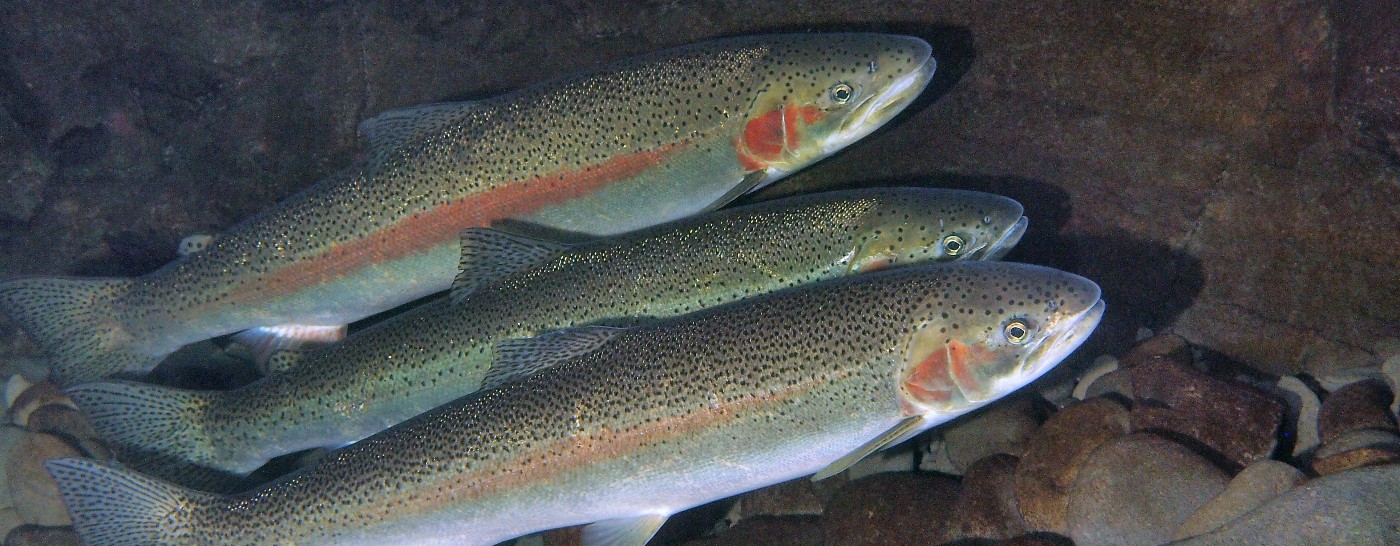 Researchers at Oregon State University have found that hatchery-raised steelhead trout don’t survive as well in freshwater as their wild relatives. However, they’re equally as good at gaining size under hatchery conditions.
Researchers at Oregon State University have found that hatchery-raised steelhead trout don’t survive as well in freshwater as their wild relatives. However, they’re equally as good at gaining size under hatchery conditions.
This research, first published in PLOS One, suggests that it may be possible to change rearing methods and improve the survival rates of hatchery fish. This would also prevent hatchery fish from mixing with wild populations, according to Michael Blouin, a professor of integrative biology and the OSU scientist who led the study.
While hatchery fish produce fewer returning offspring than wild fish, they make better brood stock, according to Blouin. Hatcheries are seemingly inadvertently favoring genes that promote growth in the hatchery environment, without realizing that this comes at the cost of survival in the wild.
According to this new research, though, there may be a way to change that. By modifying hatchery conditions to no longer “select” for specific traits, they may be able to improve the species’ chance of survival in a particular environment.
The hypothesis is that genes favored in the hatchery are disfavored in the wild, causing this odd conundrum.
Another part of the study included a deep dive on whether reducing the fat content of trout feed to make it more wild-like might reduce this inadvertent reaction. No evidence was found to support this hypothesis.
Now the study has moved to another area of focus – whether other changes could be used to make hatchery fish more like wild ones.
The study includes collaboration from Madeleine Wrey, Stephanie Bollmann, Claudio Fuentes of the Oregon State College of Science, James Skaar of the Oregon Department of Fish and Wildlife, and Ronald Twibell of the Abernathy Fish Technology Center. It was supported by the Bonneville Power Administration and the ODFW.
By Ethan Hauck
Do you have a story for The Advocate? Email editor@corvallisadvocate.com


